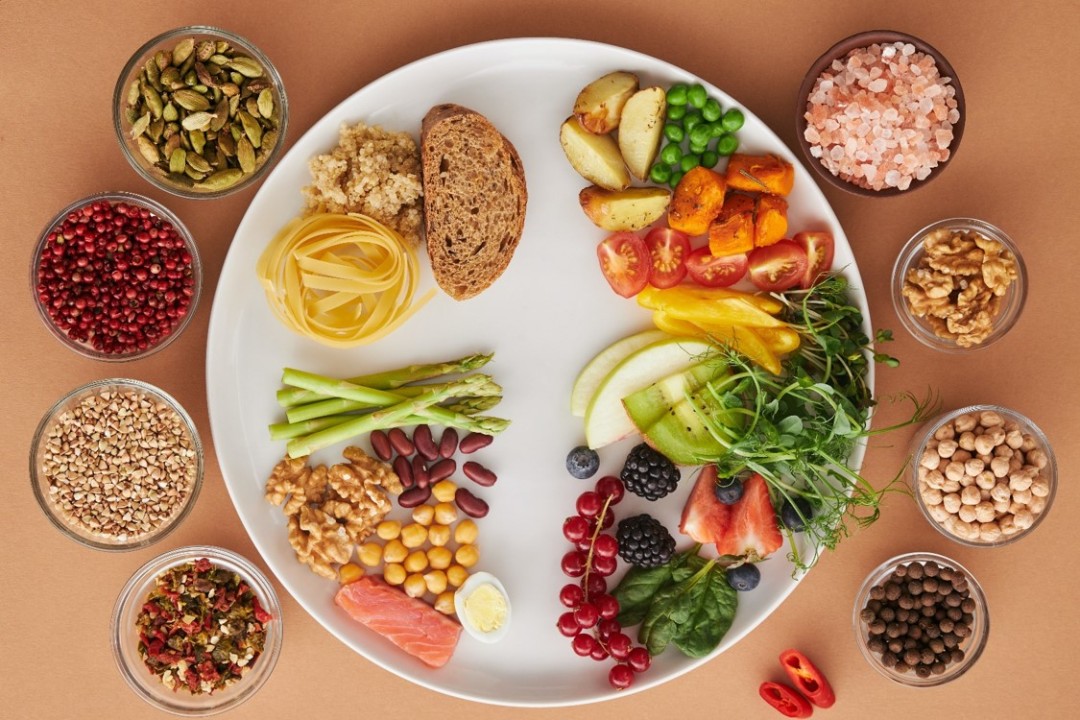Understanding different dietary patterns and their associated vocabulary is essential for making informed choices about nutrition and health. Here are some key terms to familiarize yourself with.
- Mediterranean diet: A dietary pattern inspired by the traditional eating habits of people in Mediterranean countries, emphasizing fruits, vegetables, whole grains, fish, and olive oil.
- Ketogenic diet: A high-fat, low-carbohydrate diet that forces the body into a state of ketosis, where it burns fat for fuel instead of glucose.
- Vegan: A person who follows a plant-based diet and avoids all animal products, including meat, dairy, eggs.
- Paleo diet: A diet based on the presumed eating habits of early humans, focusing on lean meats, fish, fruits, vegetables, nuts, and seeds while avoiding processed foods, grains, legumes, and dairy.
- Gluten-free diet: A diet that excludes gluten, a protein found in wheat, barley, and rye, primarily followed by individuals with celiac disease or gluten sensitivity.
- Vegetarian: A person who abstains from eating meat but may consume animal products such as dairy, eggs, and honey.
- Flexitarian: A semi-vegetarian diet that primarily consists of plant-based foods but allows for occasional consumption of meat and animal products.
- DASH diet: Dietary Approaches to Stop Hypertension, a balanced eating plan that emphasizes fruits, vegetables, whole grains, lean proteins, and low-fat dairy products to reduce high blood pressure.
- Atkins diet: A low-carbohydrate, high-protein diet that promotes weight loss by inducing a state of ketosis.
- Intermittent fasting: An eating pattern that cycles between periods of fasting and eating, with various methods such as 16/8 (16 hours fasting, 8-hour eating window) or alternate-day fasting.
By expanding your knowledge of these diverse dietary approaches, you can easily discuss nutrition and healthy lifestyle with friends.






